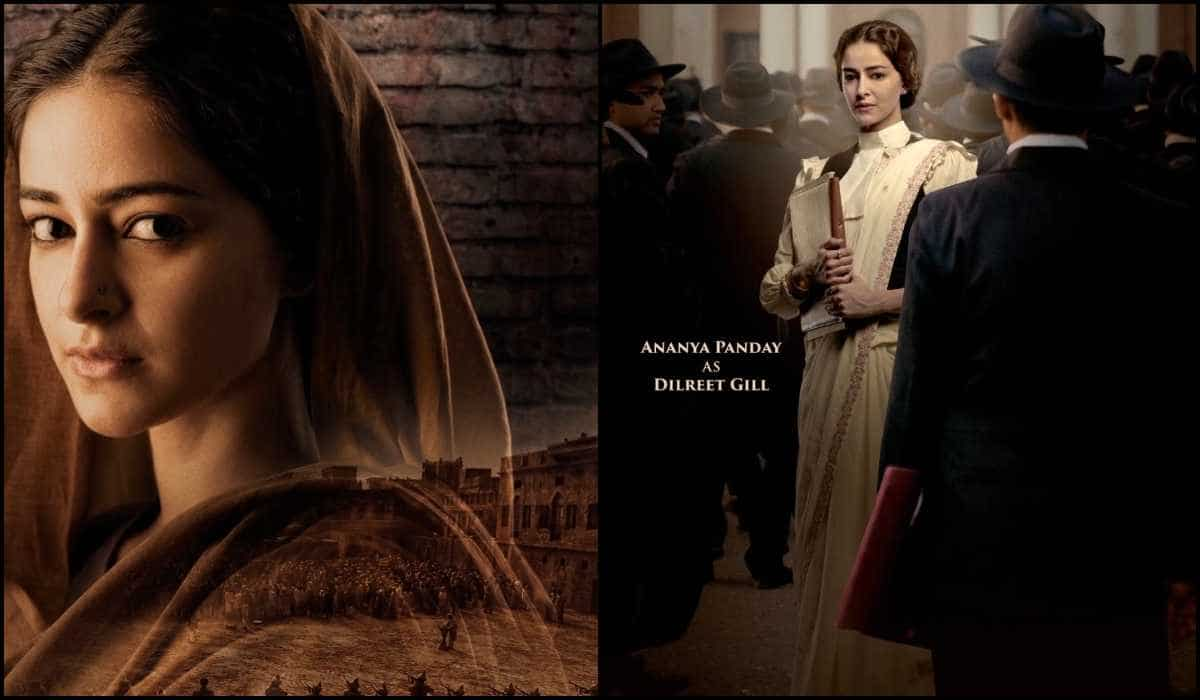
Rude Food by Vir Sanghvi: A taste of far, far away
2 months ago | 5 Views
I dined in Connaught Place, Delhi, two weeks ago. Once considered the epicenter of the city's dining scene, it had fallen out of favor as Delhi expanded in all directions, leaving the restaurants in Connaught Place feeling outdated and disconnected. However, in the past decade, this area has regained its vibrancy, and the restaurants are thriving once more.
A similar narrative can be observed in many Indian metropolitan areas. Park Street in Kolkata, which viewed itself as the center of the universe during the 1960s, experienced a decline alongside the city when the CPM came to power with a mission that adversely affected Kolkata. Now that the CPM has diminished, Park Street is experiencing a resurgence.
In Mumbai, while the restaurants on Churchgate Street did not face the same decline, they too have returned to the vibrancy reminiscent of the 1960s and 1970s.
This revival is not primarily driven by nostalgia. In every city-center restaurant I have visited, the majority of patrons are young individuals who likely have no recollection of these establishments' former glory. Some guests, like myself, may have visited these restaurants in their childhood, but that is the extent of the connection.

Certain individuals express fondness for the Indian cuisine offered at these establishments; however, aside from a few notable exceptions, such as the Dal Meat at Embassy and the Channa Bhatura at Kwality, both located in Delhi, the overall experience was, upon reflection, rather forgettable Punjabi restaurant fare that lingered in one's stomach for an extended period. In essence, this was not the type of food typically prepared in Punjabi households. The dishes appeared to be largely fabricated, with some drawing inspiration from the Muslim culinary traditions of Delhi and Lucknow, while others represented variations of traditional recipes from pre-Partition Punjab. Nevertheless, all were subjected to an excessive, greasy reinterpretation.
Moreover, the restaurants built their reputations not primarily on their Indian offerings but rather on what was then referred to as Continental cuisine. This trend can be attributed in part to the flourishing of many establishments during the Second World War, when American and British troops were stationed in India.
In Calcutta, the dining venues on Park Street drew their inspiration from the 'elite' clubs of the city, most of which served food that would be deemed unworthy even by the standards of a minor British public school.
Reflecting on the Continental dishes from that period, I find myself questioning whether the chefs had any genuine understanding of the original versions of these recipes. Indeed, I seriously doubt they were aware of the origins of any of these dishes.

Let’s take Chicken Tetrazzini, a great Calcutta dish, which owes its popularity to the legendary Sky Room restaurant which, if I remember correctly, closed in the early 1990s. If you have any experience of 20th Century Calcutta, you may remember Chicken Tetrazzini. It is a very heavy combination of chicken, pasta, cream, and cheese. If that sounds terrifyingly fattening and rich, you are on the right track.
The dish was created for the opera singer Luisa Tetrazzini(1871-1940) who, it has often been suggested, epitomised the phrase, “it ain’t over till the fat lady sings.”
Tetrazzini felt no embarrassment about her size and was proud of her fabled appetite. She would cheerfully consume large bowls of spaghetti before going on stage and singing her heart out. This dish was created for her in America when she was performing there. There is some dispute about which chef actually created it, but it hardly matters now because the dish has disappeared from most menus. Only in Kolkata is it still regarded with warmth.
Remember Chicken Kiev? I once wrote a whole article on its origins (no it has nothing to do with Kyiv or with Ukraine) so I won’t bore you with the origin story but it is essentially, chicken filled with butter, covered in breadcrumbs and then fried. Guests were expected to stick their forks into the chicken and watch as the butter spurted out, possibly staining their shirts.

Then there was Waldorf Salad, distinguished by its use of fruit mixed with vegetables (ie apples with celery and lettuce) and served in a basic mayonnaise dressing. It was invented by a waiter called Oscar Tschirky at the Waldorf Astoria hotel in New York and travelled the world before taking up residence on Churchgate Street.
Most fish dishes were either incorrectly made or adapted for the convenience of the kitchen. Fish and chips is a famous British dish (possibly of Portuguese origin) which is made by frying fish in a batter made from flour. It is actually two dishes in one. The batter must be light, but still so hard that you have to crack it open with your knife. It serves to shield the fish which is poached inside the batter shell so that it melts in your mouth when you eat it.
We never got that version. Instead we got fillets of whatever fish was available (in Bombay it usually meant pomfret) that was coated in breadcrumbs (not a batter) and pan-fried. There was nothing wrong with it. But it bore as much relation to the real thing as say the Bengal Club bore to the Athenaeum.

Prawn Cocktail sounded more sophisticated, but it was actually such a simple dish that a dishwasher could’ve made it on the days when the chef was off. You boiled the prawns and served them in a sauce made by mixing mayo with ketchup and a little spice. Calcutta legend has it that the Sky Room Prawn Cocktail was so famous that they used to parcel it and send it by air to Delhi where it would reach the Prime Minister’s house for Indira Gandhi’s delectation. (Yeah, sure. Because there was no ketchup available in Delhi, presumably.)
Lobster Thermidor, a classic of that era, is also remarkably easy for any professional kitchen to turn out. You take the meat out of the lobster and cut it into chunks. Then you make a sauce from onions, wine and cream. You arrange the lobster chunks in the shell, pour the sauce over it, cover it with cheese and grill it.
An alternative was Lobster Newburg, originally created at the famous New York restaurant Delmonico’s. This consisted of taking lobster meat and cooking it with egg yolks, cream, butter and a little spice (cayenne pepper in the original). It was so heavy that it could’ve been made for Miss Tetrazzini.

Opera singers were generally well represented on Continental menus. Peach Melba was created by the great chef, Auguste Escoffier, for the Australian singer Nellie Melba. Once again, it caught on at Indian restaurants because any fool could make it. You opened a can of peaches, cooked them in vanilla syrup (or not) combined them with commercial vanilla ice cream and topped the whole thing with a caramel-raspberry sauce.
I don’t know if any of the guests realised how easy these dishes were to make and because there was very little foreign travel in those days, we had nothing to compare them to and did not realise that the Indian versions frequently deviated substantially from the originals.
And yet, I have to admit to a sneaking admiration for the restaurateurs who created these versions of classic dishes. French and Italian food may not have worked in the Indian context so they did their best to adapt the recipes and the dishes themselves.
For instance, in Ajmer, where I went to school, the top restaurant was a place called Honeydew. It served what was described as a mutton hamburger on the menu and referred to by the waiters as a Mutton Humburg. The meat patty was unusually spicy, and one day I discovered why. I ordered a shami kebab. It was exactly the same as the patty that went into the hamburger.
Not that I’m complaining. I still have a certain affection for the made-up touches like the fried buns that were used for hamburgers in those days. At United Coffee House, one of my favourite restaurants from that era, in Connaught Place, they serve a fancy, entirely modern hamburger these days. But each time I go, I ask for the inauthentic 1970s version.
Because hamburgers can get better. But memories never can.
Read Also: Recognizing Poor Gut Health: 6 Warning Signs You Shouldn't Overlook
"Get the latest Bollywood entertainment news, trending celebrity news, latest celebrity news, new movie reviews, latest entertainment news, latest Bollywood news, and Bollywood celebrity fashion & style updates!"





















